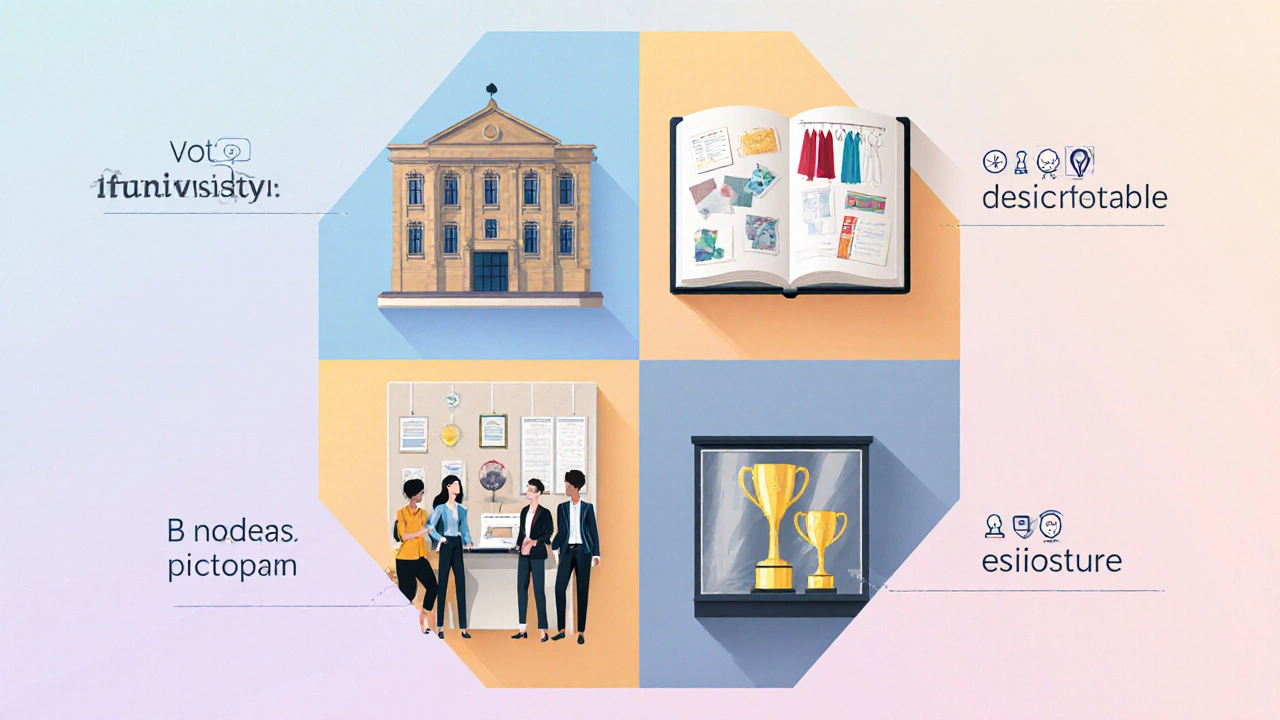Fashion Designer Qualifications: What You Really Need to Succeed in India
When you think about becoming a fashion designer, a creative professional who designs clothing, accessories, and textiles for commercial markets. Also known as apparel designer, it’s not just about sketching pretty dresses—it’s about understanding fabrics, production, market trends, and how to turn ideas into sellable products. In India, the fashion industry is booming, but not everyone with a passion for style gets hired. Employers don’t just look for portfolios—they want proof you know how to work in real-world conditions. That means more than just a diploma. They want someone who can handle deadlines, work with tailors, manage budgets, and understand what customers actually buy.
So what qualifications actually matter? A fashion design course, a structured training program that teaches pattern-making, draping, garment construction, and textile science. Also known as fashion technology program, it’s the most common starting point. But not all courses are equal. A 2-year diploma from a recognized institute like NIFT, NID, or even a reputable private college gives you credibility. Short-term certificates? They help if you’re building skills fast, but they won’t open doors to big brands. You also need hands-on experience—internships, freelance gigs, or even helping local designers. The best designers didn’t just study; they worked. They learned how to fix a seam at 2 a.m., how to negotiate with fabric suppliers, and how to make something look expensive even when the budget is tight.
Then there’s the textile design certification, a specialized qualification focused on fabric creation, printing techniques, and material innovation. Also known as fabric development course, it’s a hidden advantage. Many designers skip this, but knowing how fabrics behave—how they drape, shrink, or stretch—makes you stand out. If you can choose the right material for a summer lehenga or explain why a certain weave works for a wedding sherwani, you’re not just a designer—you’re a problem solver. And that’s what brands pay for.
Don’t forget soft skills. Communication. Time management. The ability to take feedback without taking it personally. These aren’t taught in textbooks, but they’re what separate good designers from great ones. And in India’s fast-moving fashion scene, where trends change every season, you need to be adaptable. You don’t need a degree from Paris to make it here. You need grit, a strong portfolio, and real experience.
Below, you’ll find real posts from designers, students, and industry insiders who’ve walked this path. They’ve shared what worked, what didn’t, and exactly what to focus on if you’re serious about making it in fashion—without wasting time or money on the wrong courses.

How to become a qualified fashion designer - requirements and steps
Learn the exact education, portfolio, experience, and certifications needed to be recognized as a qualified fashion designer.